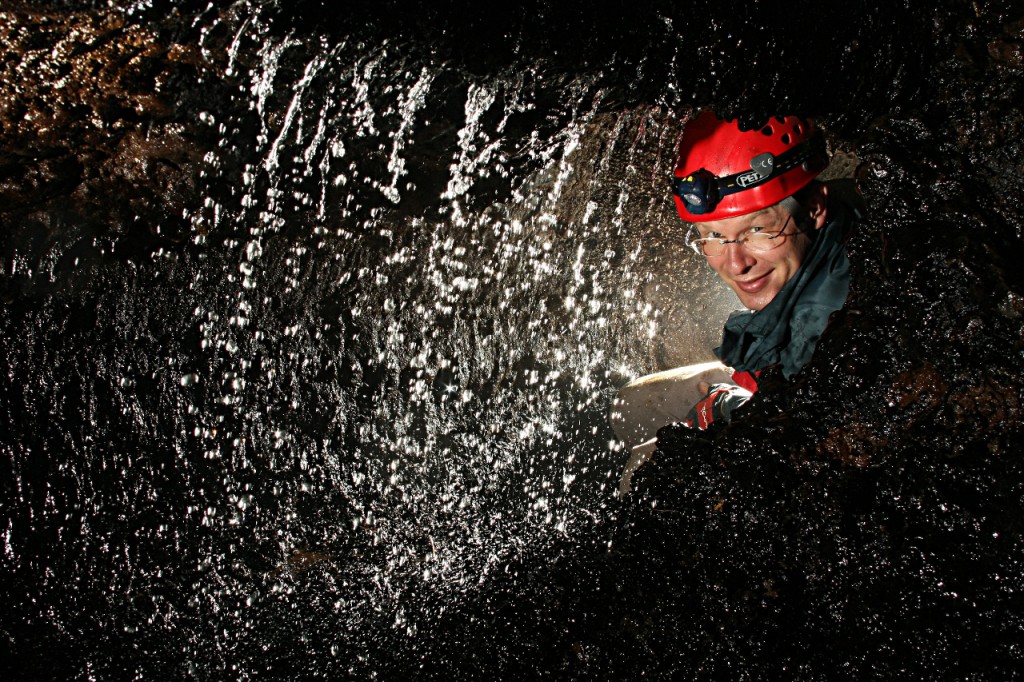What does your camera’s meter do with objects of different brightness? Unless you have an unusual camera, it probably tries to get the image to match the standard gray. Lets take a look at what this means in terms of getting the proper exposure for your image.
The problem
First, here are three images of different-brightness items, with true black and white references above. These were all three shot with the camera on automatic exposure mode, so it was picking what it believed was the “correct” exposure.
 |
||

|
||
 |
 |
 |
| The camera made the black object gray. | While slightly lighter than the black, this white object is gray. | Unsurprisingly, the standard gray card (a WhiBal card) is gray. |
Looking at the color values in the three images, the black object has RGB values around 155, or about 60%. The white object has RGB values around 180, or about 70%. The WhiBal gray card has RGB values around 155, which is again around 60%. Of the three items, only the gray card had the proper exposure.
What this means is that you need to be aware of the brightness of the items you take photos of. The correct exposure for an item is often not what the camera’s meter tells you. Here are some examples of how things can go wrong:
- Take a picture of a snowy scene. The brightness of the snow and the sky will be reduced to gray tones when you want them to be at the top of the brightness possibilities.
- Take a picture of a person with dark skin. The camera will brighten their skin, giving them lighter skin than they really have.
- Animals that are black or white (e.g., a black cat or a polar bear) will end up more gray than their proper color.
Solutions
OK, so the camera’s meter can be fooled by your photo subject. What can you do about it?
The simplest solution is to use your camera’s exposure compensation controls (Canon, Nikon, Sony, Fuji) to brighten or darken the image and end up with a proper exposure—one that shows dark items as dark and/or light items as bright. Sometimes, this is what I do.
Other times, when I find myself needing more control over the image exposure, I will take more control. First, I have set my camera’s meter to be a spot meter. Not all cameras have this control over metering, but the more capable ones will. This means that I can look at the exposure that the camera is recommending for various parts of the scene I am going to photograph. My camera records 14 bits per color per pixel. For comparison, a normal JPEG image has 8 bits per color per pixel. I look at the various meter values to see if the camera can record the whole scene, from the dark areas to the light areas. If it can, I will set the exposure so that the image is properly exposed.
For example, suppose I was going to take a picture of a dark-skinned person sitting on the grass under a tree in an otherwise brightly-lit scene. I would take meter readings from: the person’s skin, the grass in shadow, the grass in the sun, the leaves on the tree, and the sky (if it was to be in the photo). If the difference in exposure between the darkest and lightest is within 8 to 10 EV, I would go ahead and take the picture. While my camera can record more than this, whenever you get close to the edges of camera capability, image quality is likely to suffer unless you are perfect in your exposure.
If the difference between the bright and dark areas of the scene is too much, I would have to use other techniques, such as adding a fill flash, using a reflector to bring in additional light to the dark areas, or using high dynamic range (HDR). Which of these (or other) alternatives is the correct approach depends on what I am taking a photo of and what additional equipment I have with me.
Another possible solution is to shoot RAW instead of JPEG. Many cameras allow you to capture the raw data from the image sensor, usually called a camera RAW image. If the contrast was not too great, then the camera might have data for detail in the shadows and highlights that might not have made it into the JPEG image it produced. Applying various raw extraction techniques might allow you to recover the missing information.
Finally, you can use an incident light meter. This measures the light arriving on the subject instead of the light reflected back to it (which a camera meter measures). They tend to be expensive, but everybody I have met who uses one swears by them.
Conclusion
Your camera’s meter tries to make everything have the same level of brightness. If you want to get a proper exposure, you need to be aware of this and take steps to get it. Solutions to the problem include exposure compensation controls, manual metering and planning of the exposure, or getting extra data from the RAW file.

